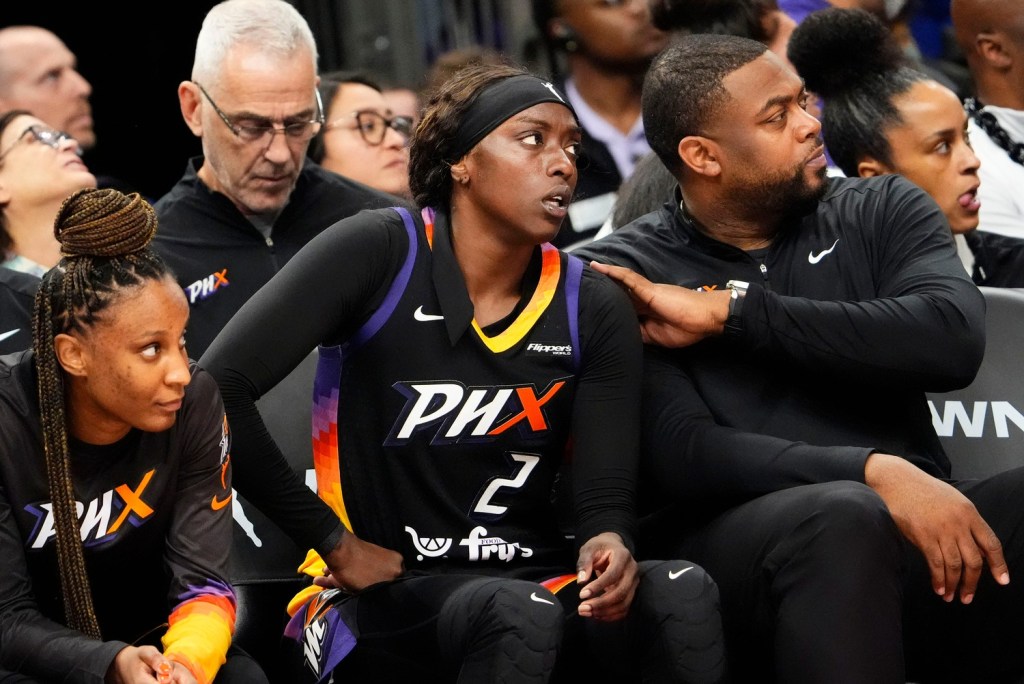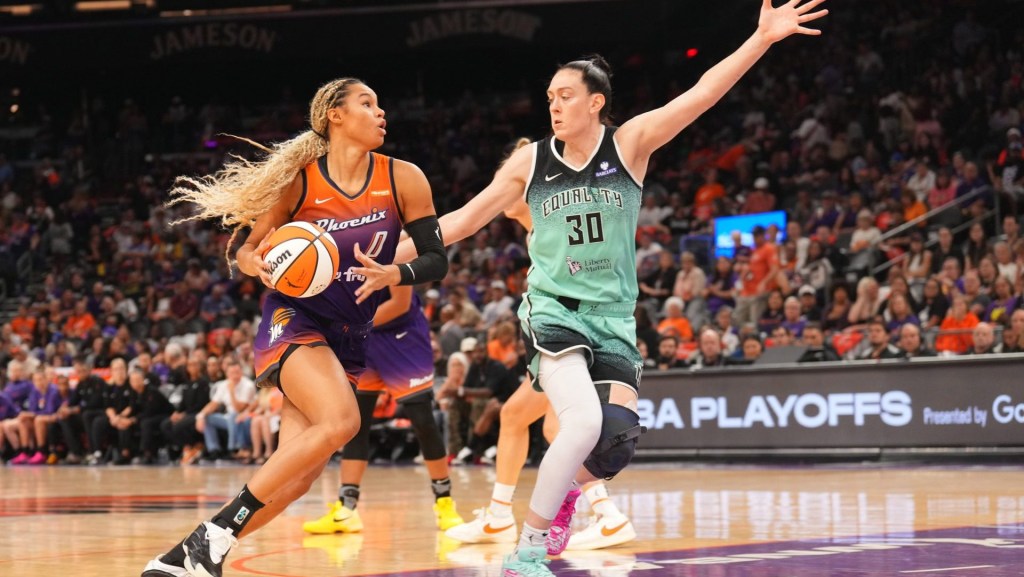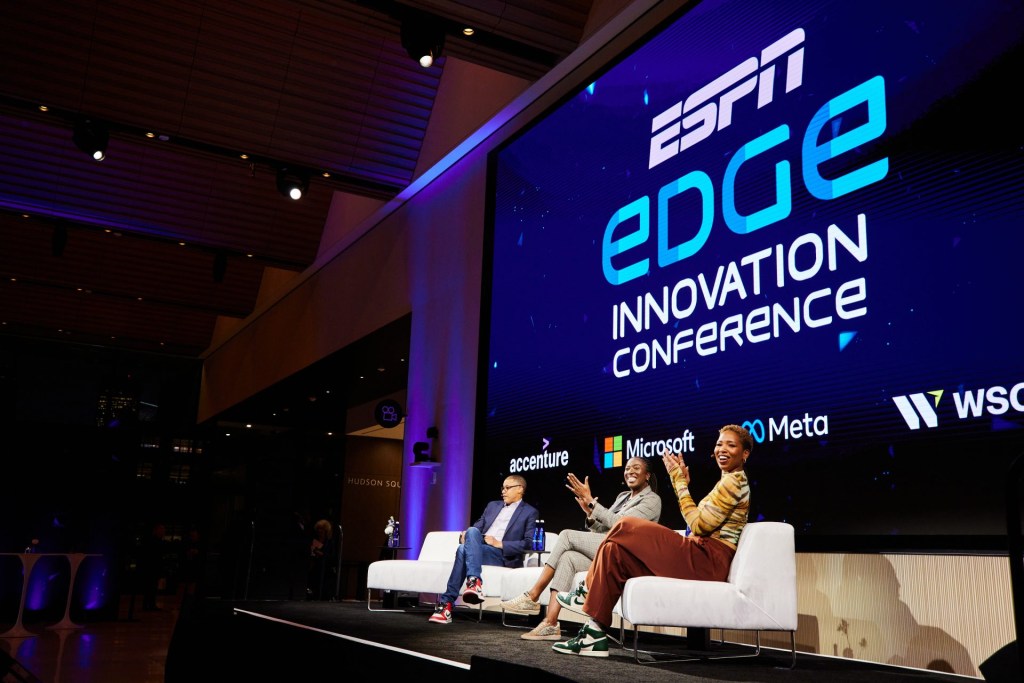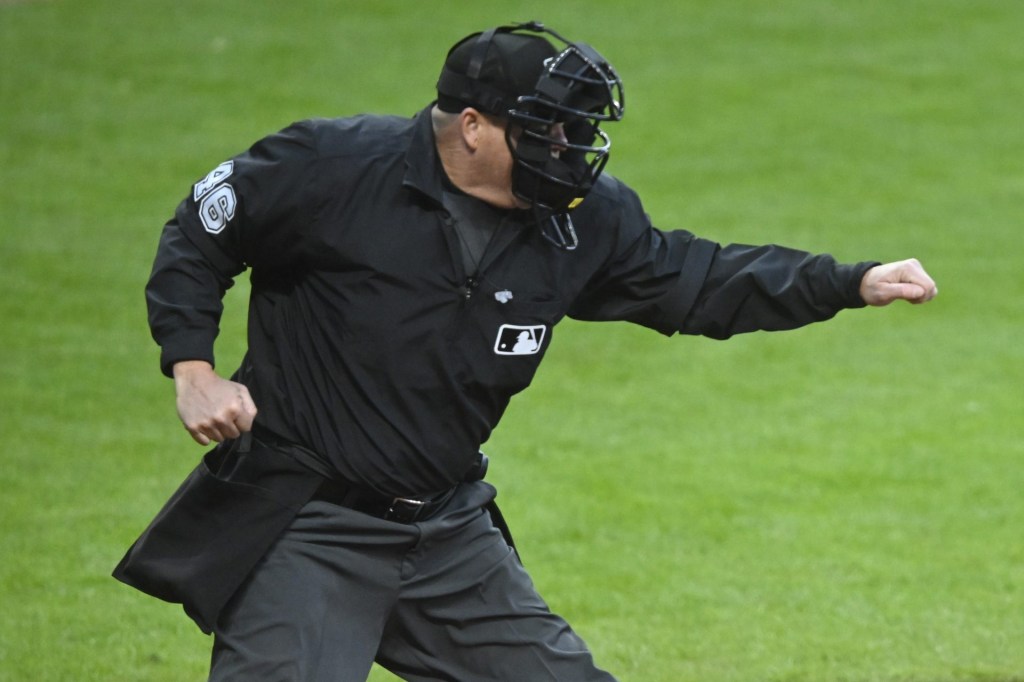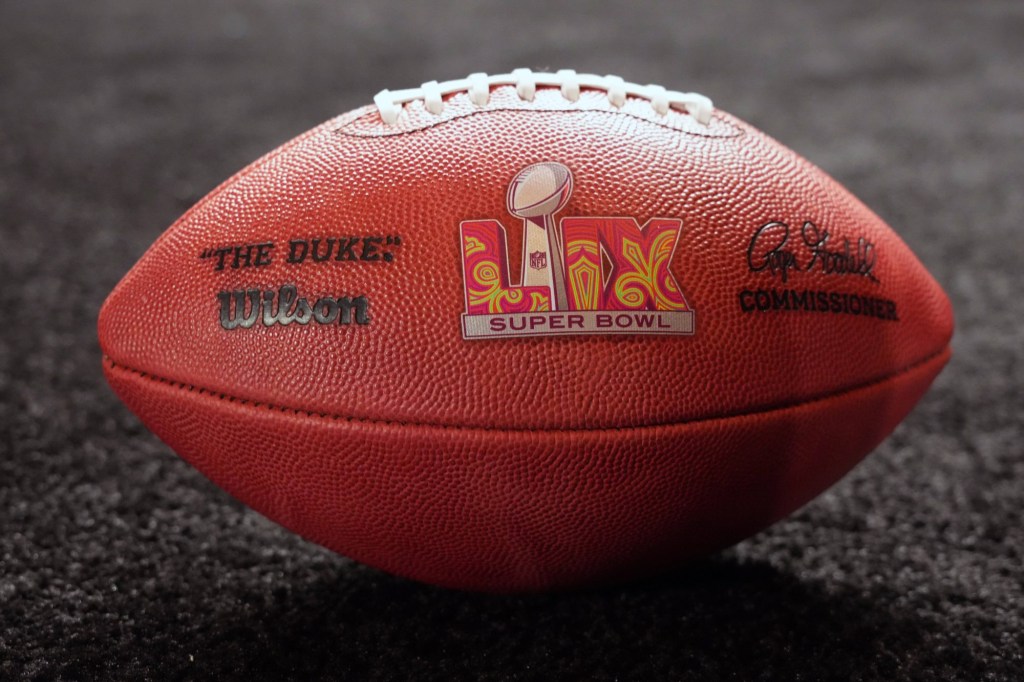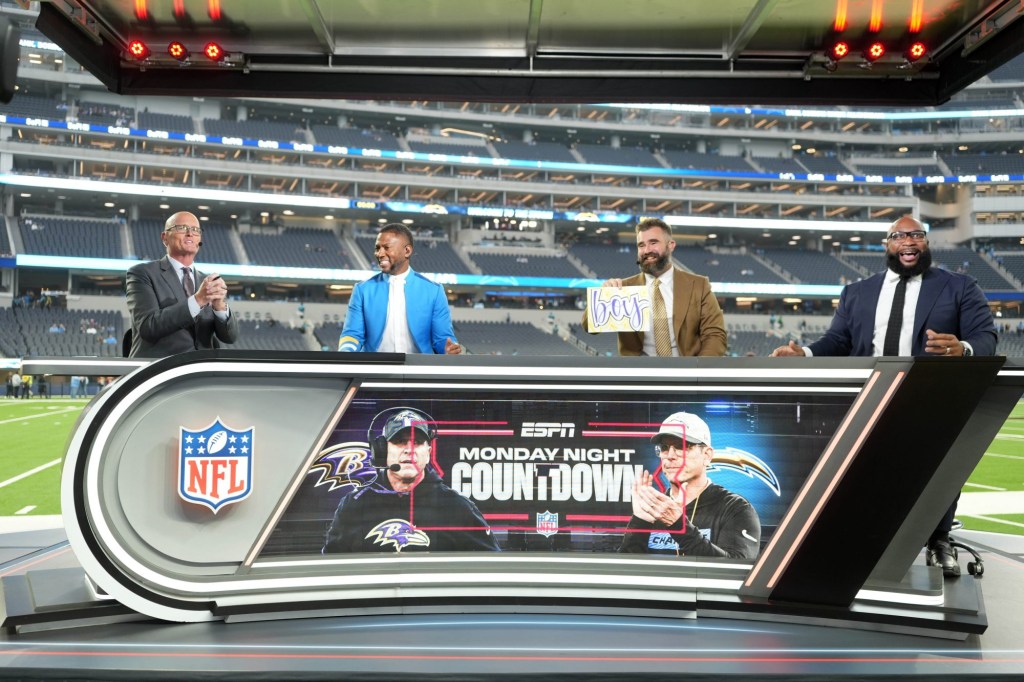What does it mean for schools across the country?


Last week, IMG College and Learfield announced that they were finalizing a merger (or really, an acquisition) — that would, combined, put the media and licensing rights for 85 percent of major programs under the control of one entity.
Recently, college sports marketing has experienced a flurry of M&A activity, including Learfield’s own acquisition by Atairos Group only a year ago. It only seems natural that now, at what seems to be the mature stage of the industry life cycle, we are seeing the two largest players consolidate into one company.
The Implications of this Move
The business model for college sports marketing firms is simple: use scale economies to create favourable deals for both sides of a sponsorship deal, which acts as a two-sided market.
College sports marketing firms act as middlemen in these markets. With enough clients (colleges), firms could bundle properties to reduce transaction costs to brands, and increase expected sponsorship revenue for colleges (with the largest share of benefits going to lower-to-middle class colleges).
Where the alternative is to individually contact college athletics departments, college sports marketing firms allowed the ability to sponsor in bulk — meaning that if a firm had a larger portfolio, the result would be greater market power. We’d call this supplier power, giving a firm more leverage in negotiations.
One thing to note — competitive advantages in this industry come from two things: number of colleges represented, and the relative value of the combined bundle. If brands practiced college-agnosticism, they would defer to firms’ recommendations — and with a larger pool to draw from, firms could create a much more compelling bundle.
But the same applies if a brand has a college preference: with a larger pool, the firm is more likely to have the desired college in its portfolio.
For IMG, while this acquisition acts to increase its portfolio of clients, it also allows them to acqui-hire additional employees for IMG College¹— whose growth has stagnated in recent years. Learfield, meanwhile, has grown at a consistent double-digit rate over the past several years.
For a company which has been in constant IPO murmurs, such an acquisition can be tremendously valuable in the short term.
Does the Combined IMG College/Learfield Have Monopoly Power?
This is the big question on the table — the deal is still pending DOJ or FTC approval, and will be predicated on the definition of their market, and whether barriers to entry are high for new entrants.
When it comes to determining the market, the key question becomes whether IMG College and Learfield play in college sports marketing, or in sports marketing.
If antitrust authorities determine that brands’ share of wallet is allotted just for college sports — that is, if brands are inelastic in their demand for college sports, we will see the market be narrowed down to college sports marketing.
If, on the other hand, authorities find that brands are willing to deviate away from college sports in favour of other sponsorship opportunities, the market will shift to the broader definition. So — are colleges competing against each other for sponsorship dollars, or other properties?
Determining barriers to entry is even tougher than determining the market. Media and licensing rights amount to a limited monopoly on the college’s IP. Ergo, for as long as an agreement holds, and if one player holds all the rights, barriers to entry would be very high for new entrants.
¹ This industry is also one where human capital acts as a valuable asset — much like sponsorship agencies. Unlike agencies, however, intellectual property also acts as an asset. ^
This piece has been presented to you by SMU’s Master of Science in Sport Management.
Front Office Sports is a leading multi-platform publication and industry resource that covers the intersection of business and sports.
Want to learn more, or have a story featured about you or your organization? Contact us today.


